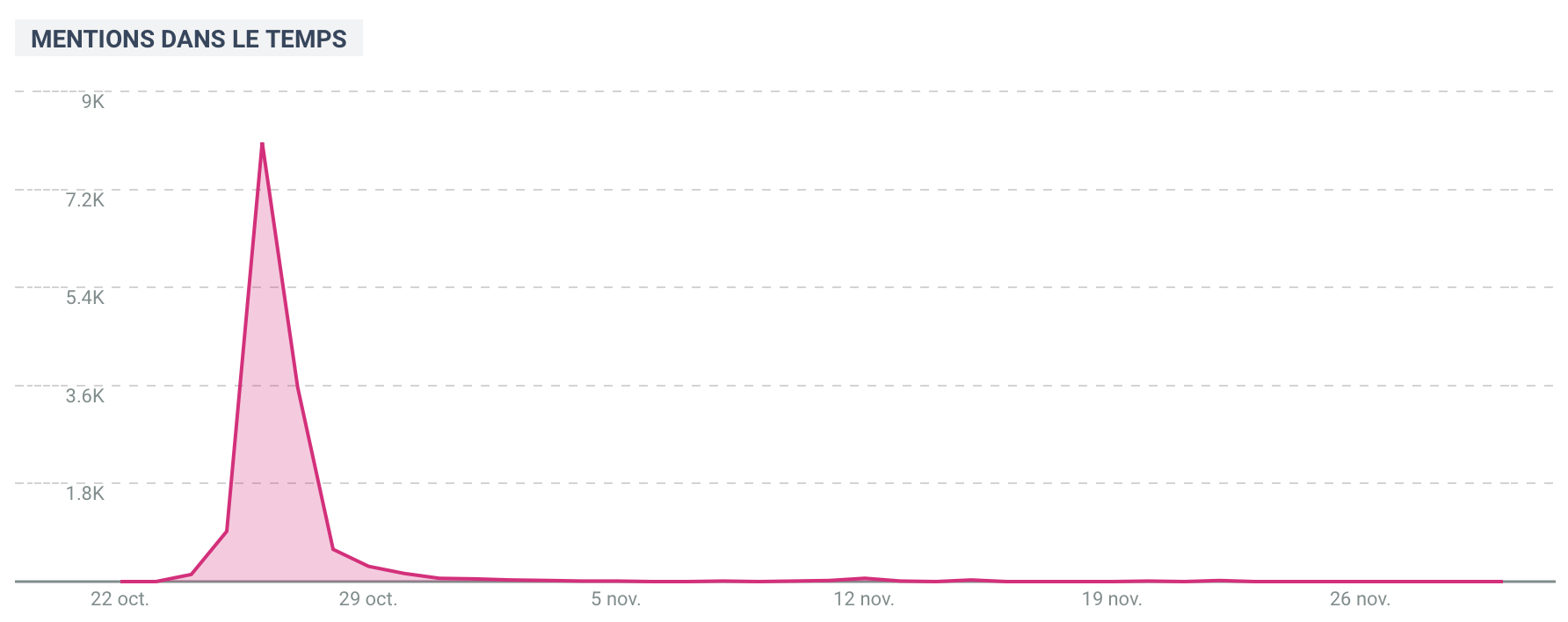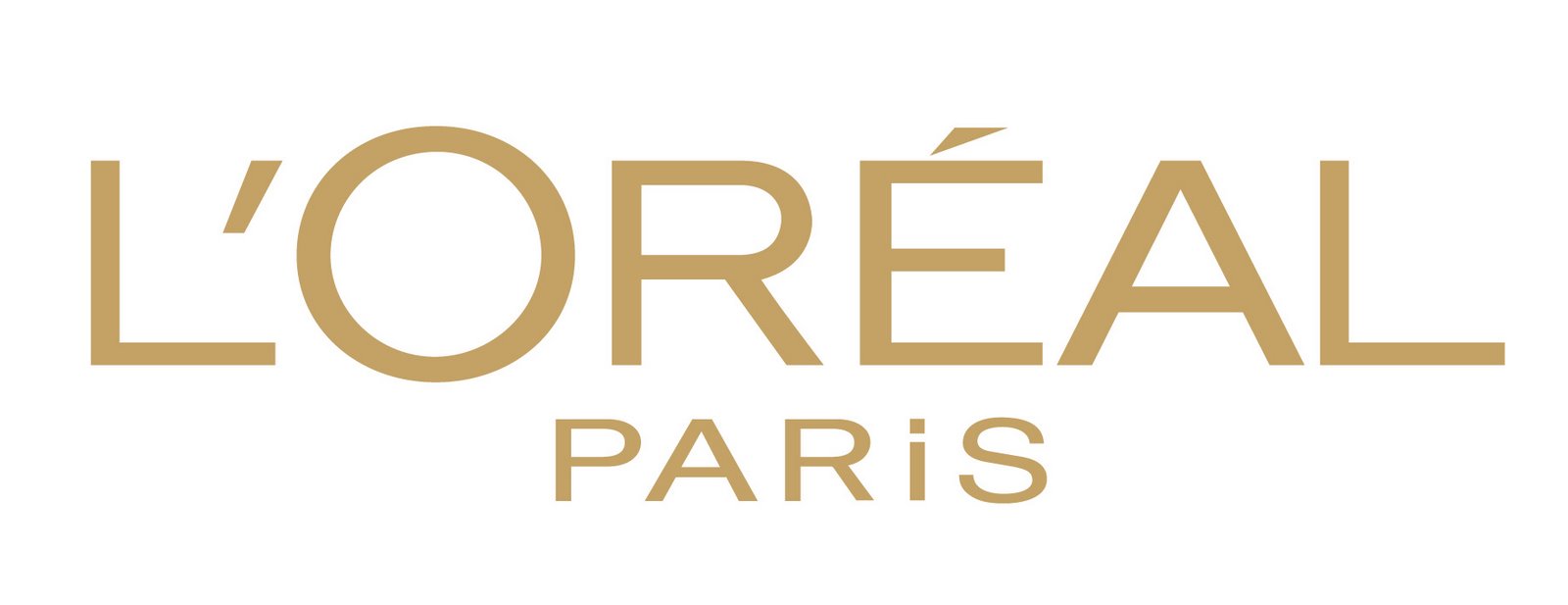Sommaire
Crisis memory 2.0: October 2017

Location of the crisis: Offline
Place of dissatisfaction: Twitter
Crisis level : 1
 The whole thing will get the Belgian social networks buzzing, and will also reach the press:
The whole thing will get the Belgian social networks buzzing, and will also reach the press:
 Politicians have also made statements on the subject.
Politicians have also made statements on the subject.
 In the end, the organisation decided to give the same prizes to both winners.
Teaching:
The power of image editing is strong, coupled with the politics, it moves the lines.
In the end, the organisation decided to give the same prizes to both winners.
Teaching:
The power of image editing is strong, coupled with the politics, it moves the lines.
 However, faced with an upsurge in negative comments on social networks, Dove 'retropedaled' without reason and without trying to make its point.
However, faced with an upsurge in negative comments on social networks, Dove 'retropedaled' without reason and without trying to make its point.

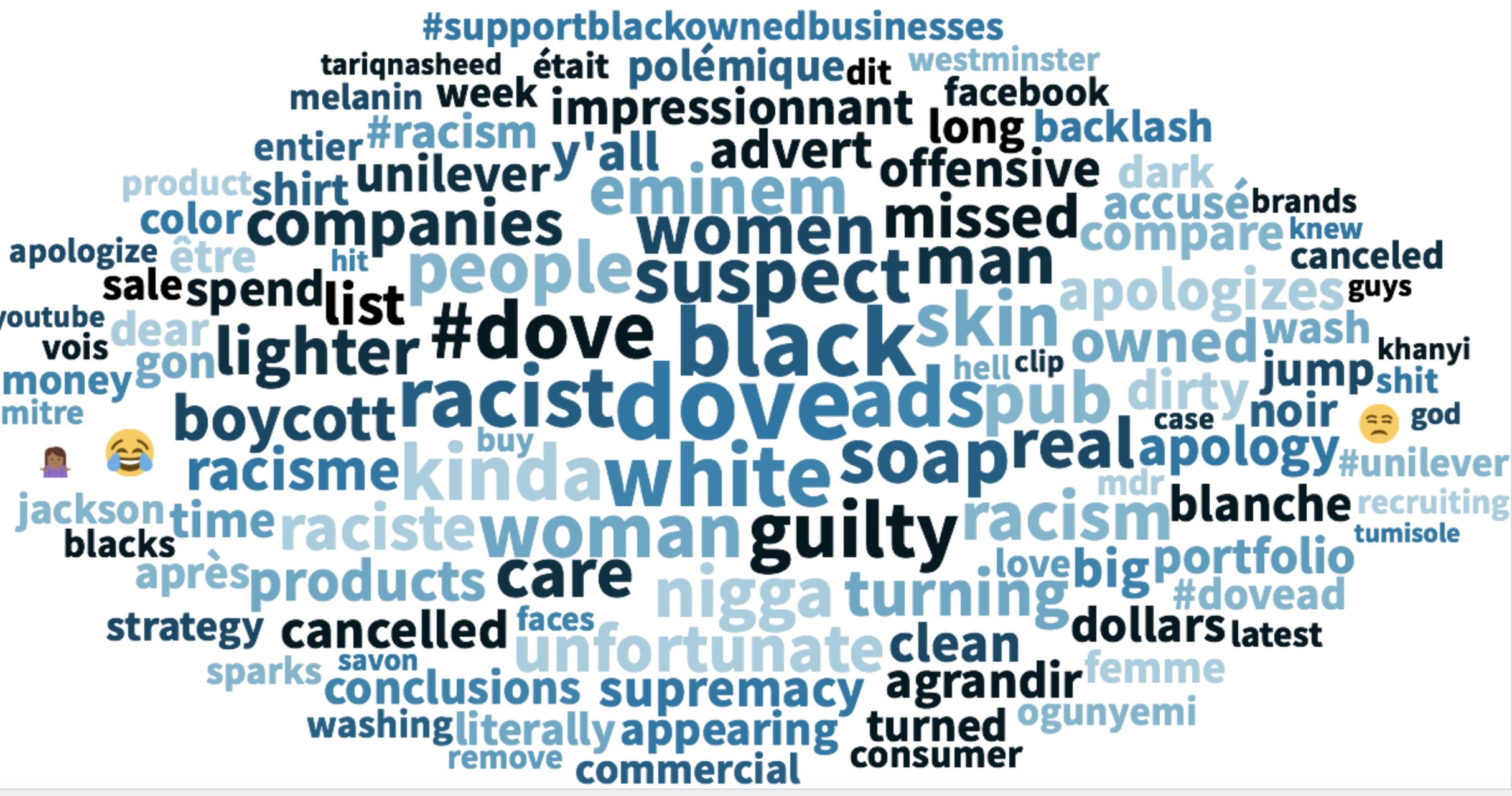 Teaching :
This example proves an increasingly blatant observation: companies give in a little too easily to the howling sirens of social networks. Even if it's not easy, companies need to reclaim their rights and be able to decide whether or not they are in crisis. It's not the noise on social networks or an external statement that decides whether a company is in crisis. The state of crisis must remain an internal power of the organisation.
A Marco blogger was "body shamed" by an intermediary email. A Maybelline employee from L'Oréal mistakenly sent an email to the blogger she was mocking.
Teaching :
This example proves an increasingly blatant observation: companies give in a little too easily to the howling sirens of social networks. Even if it's not easy, companies need to reclaim their rights and be able to decide whether or not they are in crisis. It's not the noise on social networks or an external statement that decides whether a company is in crisis. The state of crisis must remain an internal power of the organisation.
A Marco blogger was "body shamed" by an intermediary email. A Maybelline employee from L'Oréal mistakenly sent an email to the blogger she was mocking.  The blogger then divulged the exchange via Facebook and her blog, ensuring a lot of exposure.
Lessons learned:
A rare case, which reminds me of the case of H & M, who mistakenly sent an email to a France Info journalist!
The blogger then divulged the exchange via Facebook and her blog, ensuring a lot of exposure.
Lessons learned:
A rare case, which reminds me of the case of H & M, who mistakenly sent an email to a France Info journalist!
To publicise his virtual reality service, Mark Zuckerberg had the bad idea of taking Porto Vecchio, which had been devastated by Hurricane Irma. He wanted to show just how much technology could help on the spot. Instead, the debate focused more on dark tourism - visiting places affected by natural disasters.
 Teaching:
It wouldn't have been Facebook, there wouldn't have been a crisis.
Teaching:
It wouldn't have been Facebook, there wouldn't have been a crisis.
A Nivea advert is going to be accused of racism. The advert was broadcast in Nigeria, Ghana, Cameroon and Senegal and proposes to lighten the skin:
 "I need a product I can trust to restore the natural clarity of my skin" says the muse in the video broadcast. Although the video was released in May, it is back in the news in October.
"I need a product I can trust to restore the natural clarity of my skin" says the muse in the video broadcast. Although the video was released in May, it is back in the news in October.
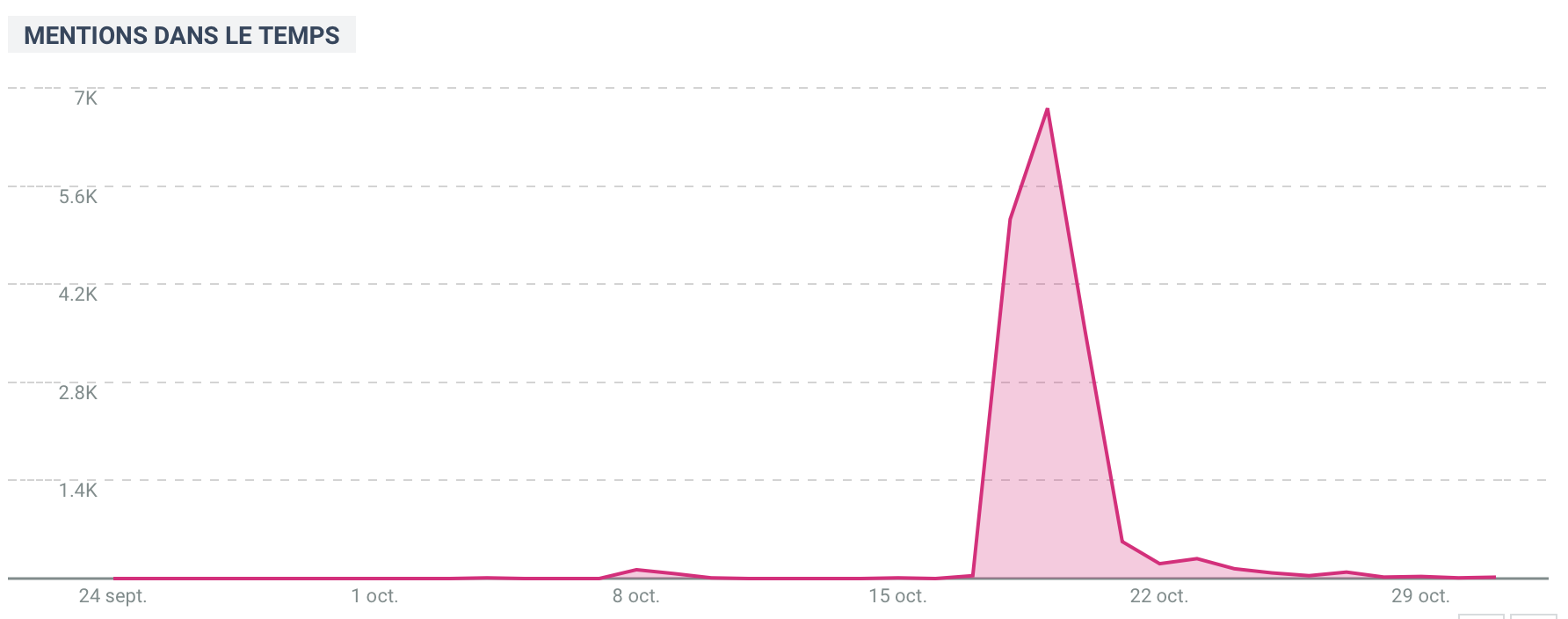
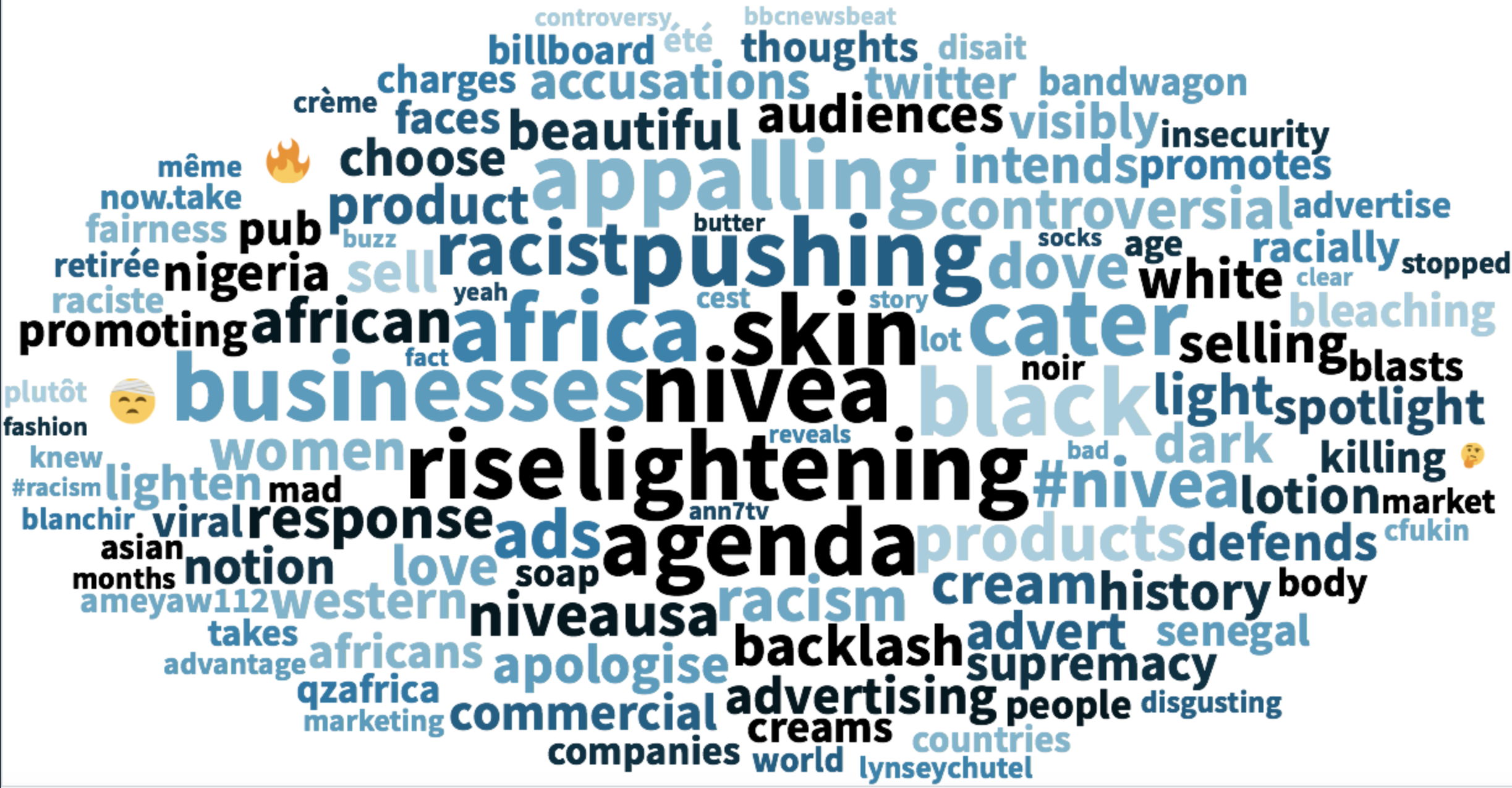 The brand will reply:
"We have recently noted concerns on social media from some consumers regarding our communication in Ghana for Nivea Natural Fairness milk. We would like to stress that this campaign is in no way intended to belittle or glorify (...) skin care needs or preferences."
They removed the ads following the controversy.
Teaching:
Another case of the internationalisation of bad buzz.
The brand will reply:
"We have recently noted concerns on social media from some consumers regarding our communication in Ghana for Nivea Natural Fairness milk. We would like to stress that this campaign is in no way intended to belittle or glorify (...) skin care needs or preferences."
They removed the ads following the controversy.
Teaching:
Another case of the internationalisation of bad buzz.
Location of the crisis: Snapchat
Place of dissatisfaction: Twitter
Crisis level : 1
An Ernst & Young employee posts a video on Snapchat in which he makes particularly racist remarks. The video quickly grew to over 20,000 shares. In this video, accompanied by another, he says that people of colour should be put in cages. As the pressure on Ernst & Young grew, the company issued a statement:
"We strongly condemn the comments made in this video. We are investigating internally to clarify the situation."
And then will communicate via Video and Twitter:
An Ikea advertisement in China provoked controversy because it promoted single women. Ikea responded:
This advert tried to show that Ikea can help its customers easily and cheaply convert a classic living room into a party space. Ikea encourages people to embrace different lifestyles, and this is reflected in our products and home furnishings. Gender equality and a fundamental element in Ikea's culture and values, which we share with everyone.Teaching: Cultural factors are important components in building bad buzz.
Location of crisis: Offline
Place of dissatisfaction: Twitter
Crisis level : 1
 The brand responded: Kellogg is committed to diversity & inclusion. We did not intend to offend - we apologise. The artwork is updated & will be in stores soon.
The brand responded: Kellogg is committed to diversity & inclusion. We did not intend to offend - we apologise. The artwork is updated & will be in stores soon.

